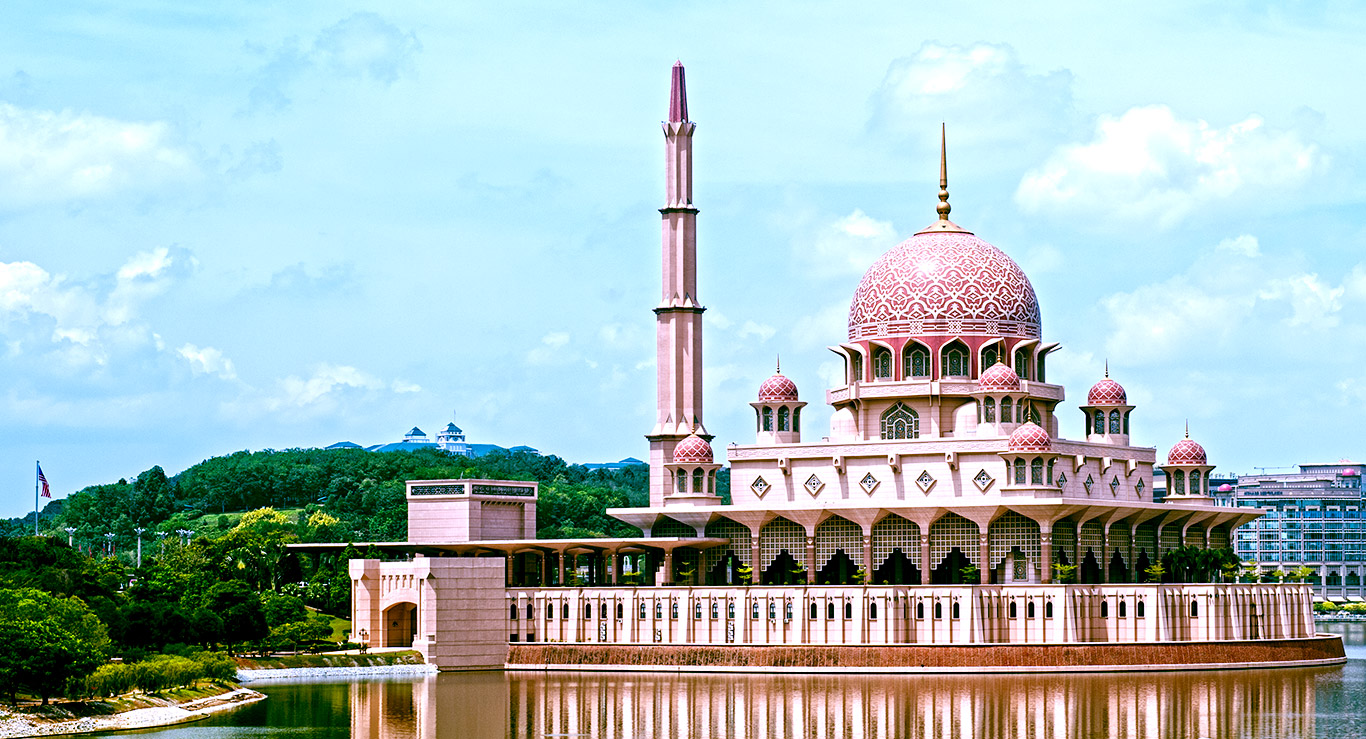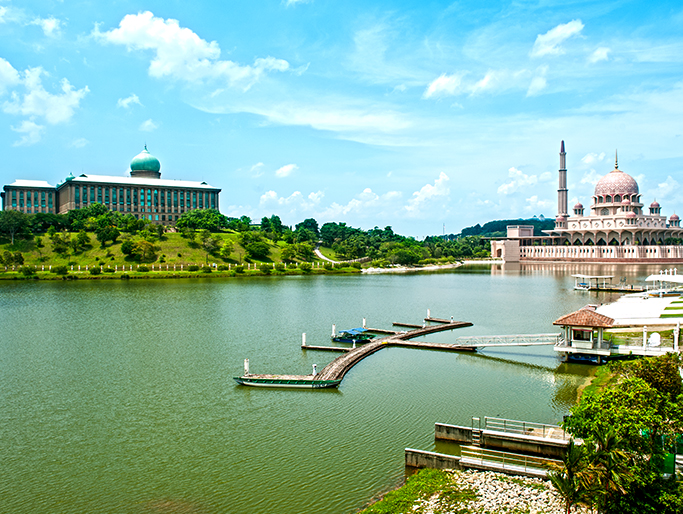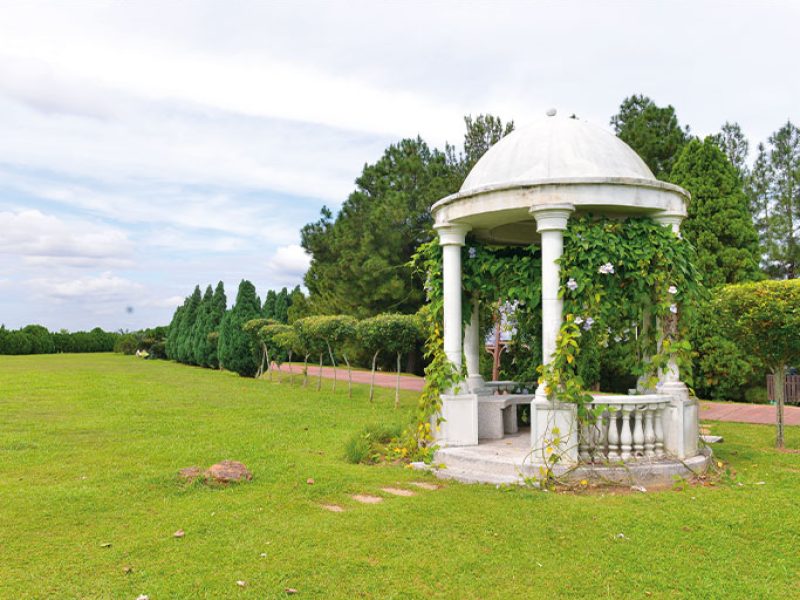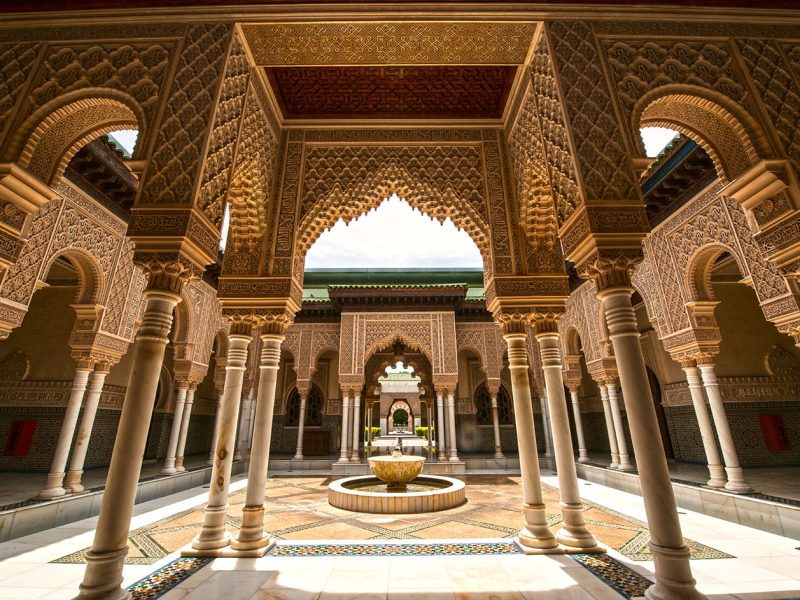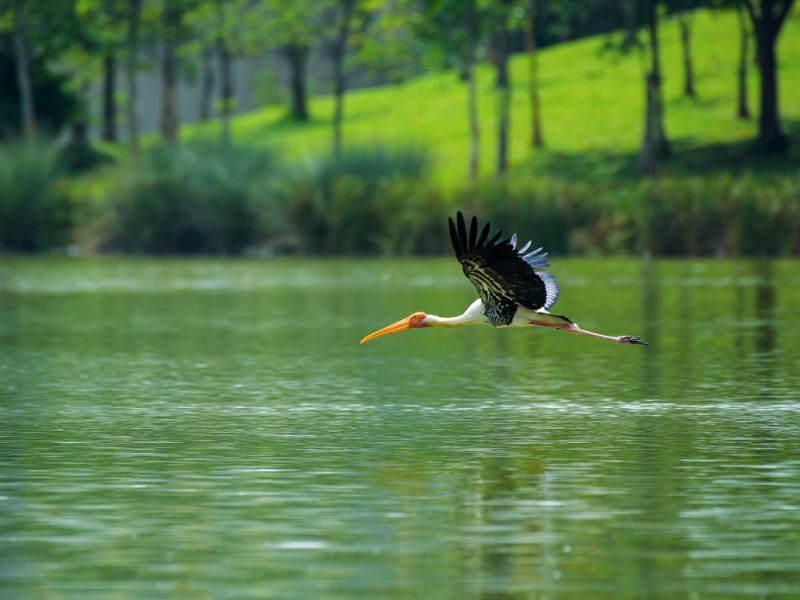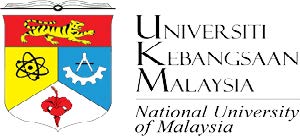The pink-domed Putra Mosque is undoubtedly one of the most distinctive landmarks in Putrajaya. Named after Malaysia’s first Prime Minister, Almarhum Tunku Abdul Rahman Putra Al Haj, the mosque was completed in September 1999 and can accommodate 15,000 worshippers at any one time.
The mosque is constructed with rose-tinted granite, which gives it a desert-pink hue, with cengal woodwork of carvings on doors, windows and panels. It integrates Arab-Islamic architectural designs combined with the skills of local craftsmanship inspired by Muslim Persia during the Safavid period.
Putra Mosque’s 116-m minaret, which is influenced by the design of Baghdad’s Sheikh Omar Mosque, has five tiers signifying the Five Pillars of Islam, and is one of the tallest in the region. It has a 36-m diameter main dome that stretches upon its roof, surrounded by eight other minor domes topping off the four corners of the structure. The design of its basement walls were inspired by Morocco’s King Hassan Mosque.
The Putra Mosque consists of three main functional areas – the simple yet elegant Prayer Hall, the Sahn or courtyard, and various learning facilities and function rooms. Supporting this holy premise are 12 columns holding up its main dome reaching up as high as 250 ft above ground level. The Sahn can host up to 5,000 people during congregation and features decorative water ornamentation surrounded by beautifully constructed colonnades.
Other than catering to spiritual needs, Putra Mosque also provides services for the community. Public spaces are available for holding conferences, seminars, symposiums, conventions and exhibitions.
Visitors of all religions and beliefs are required to cover up (ladies should wear a headscarf) upon entering the Putra Mosque as a sign of respect.
